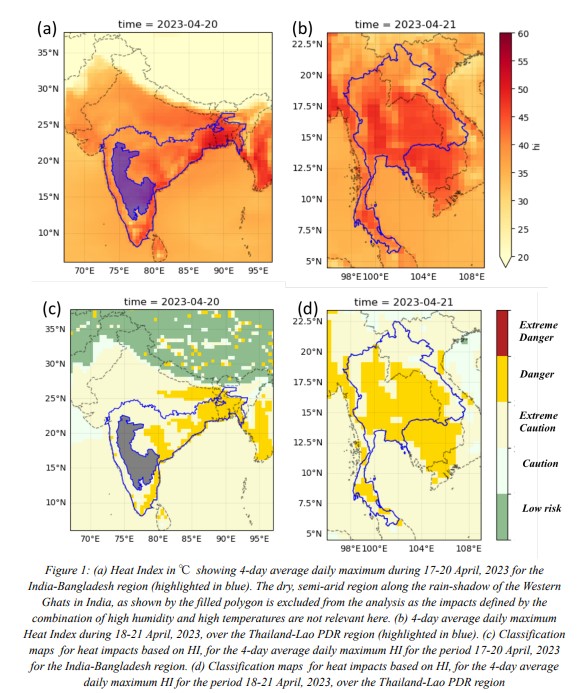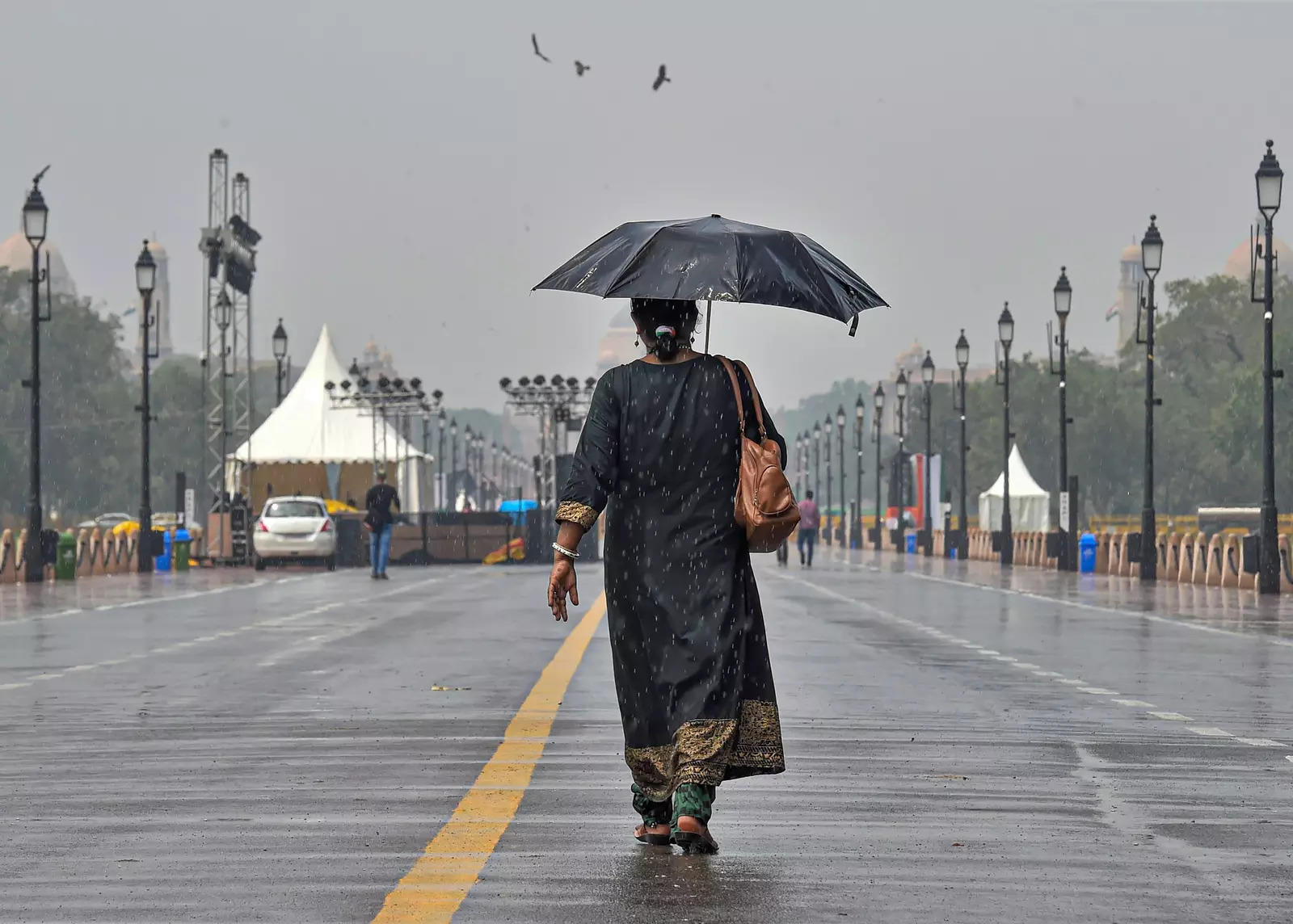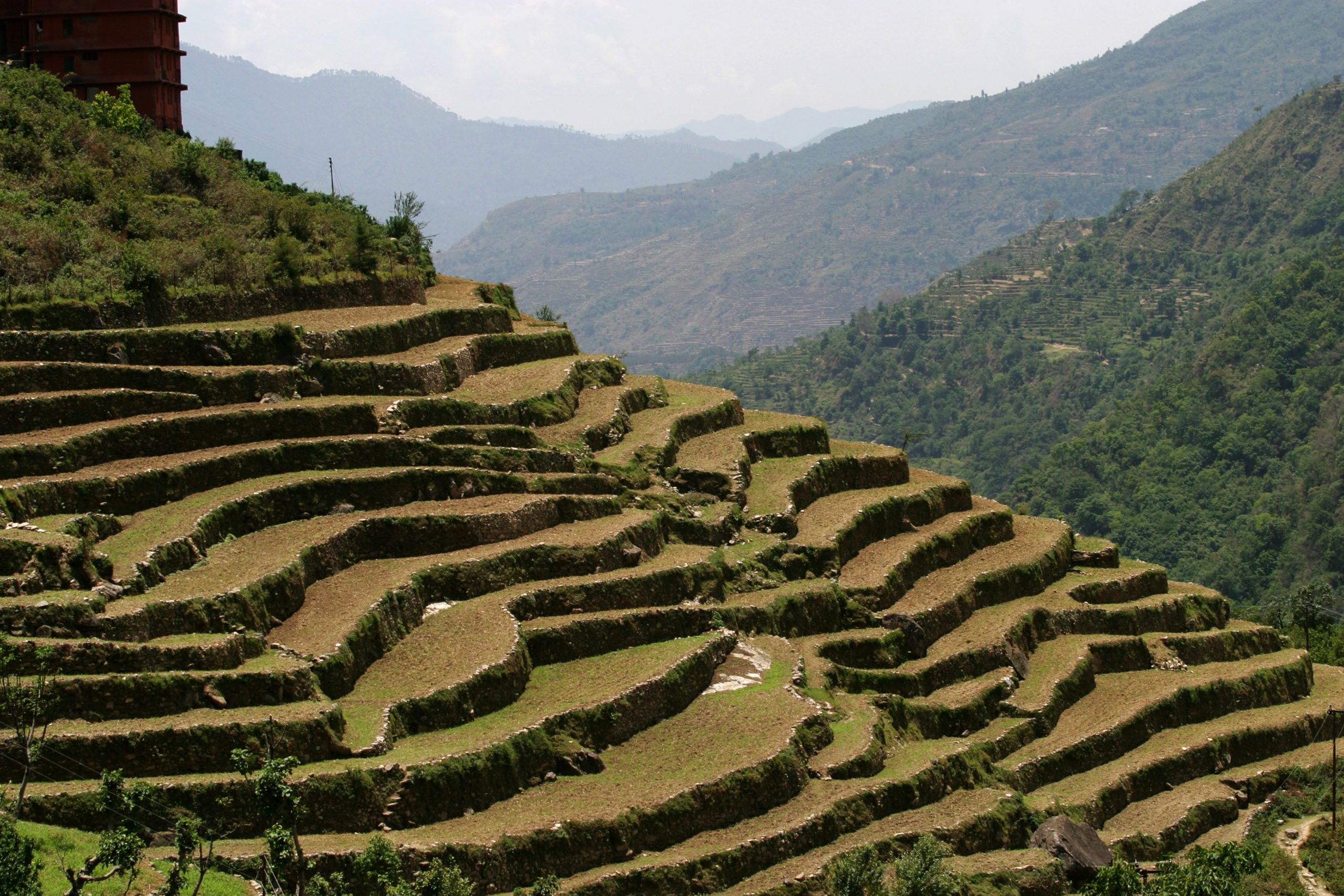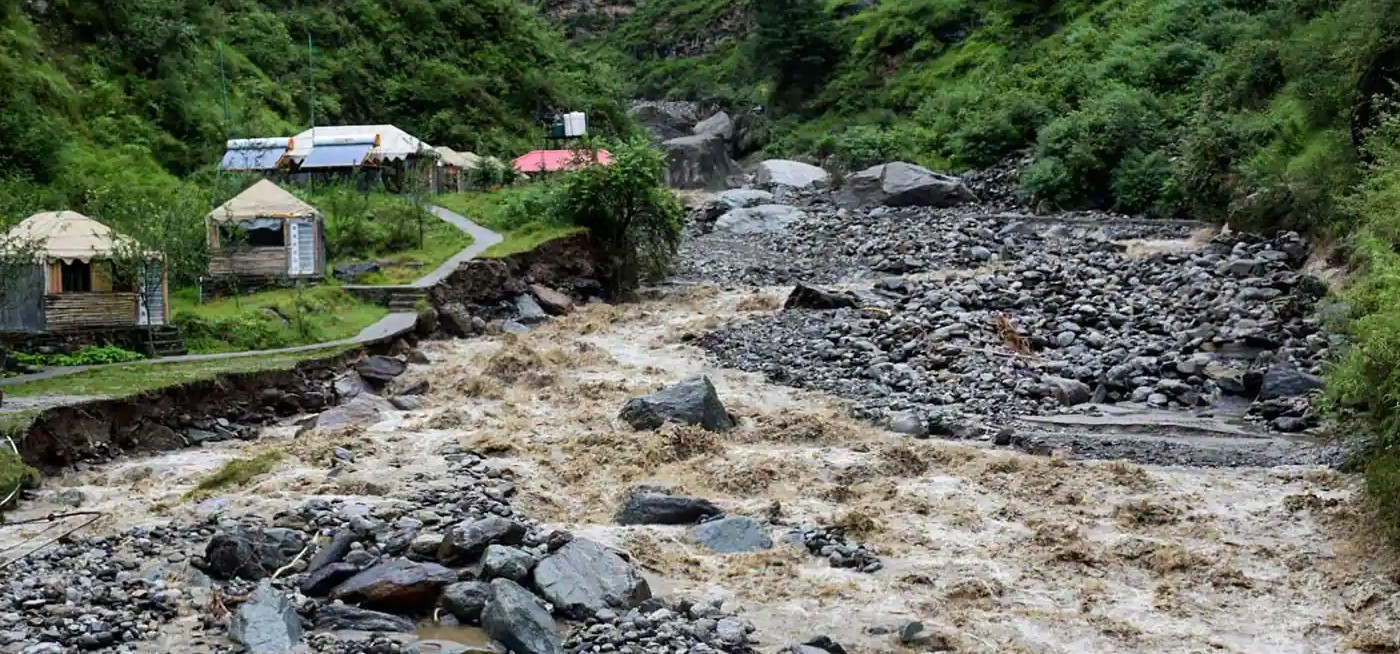Climate change made Asia humid heatwave at least 30 times more likely: WWA Study
Climate change has made humid heatwaves over India and Bangladesh 30 times more likely in mid-April 2023, according to the latest study released by the World Weather Attribution (WWA). Meanwhile, humid heatwave spells over Thailand and Lao People's Democratic Republic during the same period, would have been ‘virtually impossible’ without human-induced climate change.
By Editorial Team / May 23, 2023

Image Credit: Sputnik India
Climate change has made humid heatwaves over India and Bangladesh 30 times more likely in mid-April 2023, according to the latest study released by the World Weather Attribution (WWA). Meanwhile, humid heatwave spells over Thailand and Lao People's Democratic Republic during the same period, would have been ‘virtually impossible’ without human-induced climate change.
April 2023 saw record high temperatures across several parts of Bangladesh, India, Thailand and Lao PDR, leading to heatwave events. In Bangladesh, Dhaka observed the highest maximum temperature recorded in decades of 40.6°C on April 15. In India, several northern and eastern cities recorded maximum temperatures above 44°C on April 18, resulting in heatwave to severe heatwave conditions. Thailand also recorded its highest ever temperature of 45.4°C on April 15 in the city of Tak. The Sainyabuli province in Lao PDR reported 42.9°C on April 19 as its all-time national temperature record.
WWA is a group of climate scientists across the globe who come together to study the role of human-induced climate change in the occurrence, intensity and frequency of extreme weather events such as heatwaves, droughts, cold spells, extreme rainfall, floods and storms.
The analysis looked at the average maximum temperature and maximum values of a heat index for four consecutive days in April across two regions, one covering south and east India and Bangladesh, and a second one including all of Thailand and Laos. The study has stressed on the humidity, which is a crucial factor in how high temperatures affect the human body. As per the experts, the way for humans to cool themselves, becomes less effective at high humidity. Thus, heat is more dangerous in humid conditions.
Researchers used the heat index as a measure that combines temperature and humidity and reflects more accurately the impacts of heatwaves on the human body. Due to the high humidity conditions during the heatwave, heat index values are higher than the actual temperatures. The study concluded that the estimated heat index values exceeded the threshold considered as “dangerous” (41°C) over the large parts of the South Asian regions studied. In a few areas, it neared the range of “extremely dangerous” values (above 54°C) under which the body temperature is difficult to be maintained.

Image Credit: WWA
In both regions, the researchers found that climate change made the humid heatwave at least 30 times more likely, with temperatures at least 2°C hotter than they would have been without climate change. Until overall greenhouse gas emissions are halted, global temperatures will continue to increase and events like this will become more frequent and severe.
In the current climate, which has warmed by 1.2°C since pre-industrial times due to human activities, the humid heat event (defined using the heat index) is not very unusual over India and Bangladesh, but is estimated to be rare in Thailand and Lao PDR.
As per the statistics, events like the recent humid heatwave used to occur less than once a century on average in Bangladesh and India. However, they can now be expected around once in five years, and if temperature rise reaches 2°C - as will happen within around 30 years if emissions are not cut rapidly - events like this will occur, on average, at least once every two years.
Meanwhile in Laos and Thailand, it is still a very unusual event that can only be expected around once in 200 years, even with the influence of human-caused climate change. But if temperature rise reaches 2°C, it will become much more common, occurring about once in 20 years.
High vulnerabilities to amplify the heatwave impacts
The study further added that the high vulnerability in the region, which is one of the world’s heatwave hotpots, amplified the impacts. While people in the above mentioned regions are familiar to hot and humid temperatures, but those who are more physiologically susceptible to heat (e.g. due to pre-existing conditions, age, disability etc.) and/or are more exposed due to their occupation (e.g. outdoor workers, farmers) are at highest risk of heat-related health impacts. Such exposure and vulnerability are even intensified further due to factors such as socio-economic status, religion, caste, gender, migration, and living conditions. On top of this, factors such as air pollution, the urban heat island effect, and wildfires further compound health impacts. Thus, high social vulnerability among various segments of society combined with rising extreme heat episodes in the region, is likely to multiply the impacts of extreme heat events on the most vulnerable ones.
Global mortality figures are often underestimated. Heatwaves claim thousands of lives each year and many more suffering other heat-related severe health and livelihood consequences. However, the full impact of a heatwave is often not known until weeks or months later. Many places lack good record keeping of heat-related deaths, therefore currently available global mortality figures are likely an underestimate.
Future Predictions
Scientists very clearly indicated that the heatwaves trends will continue with further warming. They are stronger for the rarer event over Thailand and Lao PDR where a heatwave like the recent event would be about 10 times more likely in a 0.8°C warmer world (2°C global warming since pre-industrial times). In India and Bangladesh, the likelihood of this April’s event re-occurring would increase by about a factor of 3 between today and reaching 2°C global warming, meaning that this humid heat event could be expected every 1-2 years.
Scientists further stressed on adaptation measures such as Heat Action Plans (HAPs). While heatwaves are not new to south and southeast Asia but early heatwaves combined with high humidity levels such as this one is particularly damaging.
The study called out the current patchwork of heatwave solutions and stressed for improvisations like to take in account inequalities and existing vulnerabilities. Out of the four countries studies, India has the most advanced heatwave planning. HAPs can be effective at reducing fatalities and other negative impacts. In fact, heat-related fatalities have decreased in regions where heat action plans have been in place, e.g. in Ahmedabad, Gujarat and Odisha in India. However, these solutions are often out of reach for the most vulnerable people, highlighting the need to improve vulnerability assessments and design interventions that account for group-specific needs.
Heatwave in India Climate Change Asia Heatwave Global Warming

